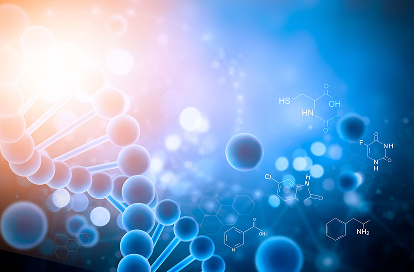Nanoemulsion
A nanoemulsion is an oil-in-water dispersion system composed of nanoscale droplets (approximately 20–200 nm). It is stabilized using specialized emulsification processes and surfactants, effectively enhancing the solubility, bioavailability, and delivery efficiency of hydrophobic drugs.
-
Enhanced Absorption: High surface area accelerates dissolution and permeation, reducing dose variability and food effects.
-
Multi-Route Applications: Suitable for oral, ophthalmic, topical, and injectable formulations; supports 505(b)(2) submissions and differentiated generic drug development.
-
Formulation Flexibility: Can be designed as transparent or translucent emulsions; adjustable oil phase composition, viscosity, and release profiles; compatible with controlled release and mucoadhesive enhancements.
-
High-Energy Preparation: Ensures droplet size stability and batch-to-batch consistency.
-
Strict Control: Droplet size distribution and physical stability are tightly regulated, with processes aligned to international pharmacopeial and regulatory standards.
-
Droplet Size & Distribution: Target size range of 20–200 nm; monitored using DLS/PSD for PdI and batch consistency.
-
Stability Mechanisms: Formulated to inhibit Ostwald ripening, aggregation, and coalescence.
-
Compatibility & Safety: Uses pharmaceutically acceptable lipids and surfactants; compatibility and extractables/leachables evaluations completed.
-
Regulatory Alignment: Aligned with FDA guidance on Nanomaterials in Drug Products and relevant pharmacopeias; injectable products adhere to stricter standards such as USP <729> (MDD, PFAT5).
-
Oral Delivery of Poorly Soluble Small Molecules: Enhances Cmax, reduces Tlag; supports 505(b)(2) formulation upgrades or differentiated generics.
-
Ophthalmic Delivery: Improves corneal retention and permeability, increasing local bioavailability.
-
Topical/Mucosal & Injectable Use: Enhances local and systemic exposure; injectables comply with sterility, particulate, and endotoxin requirements.

